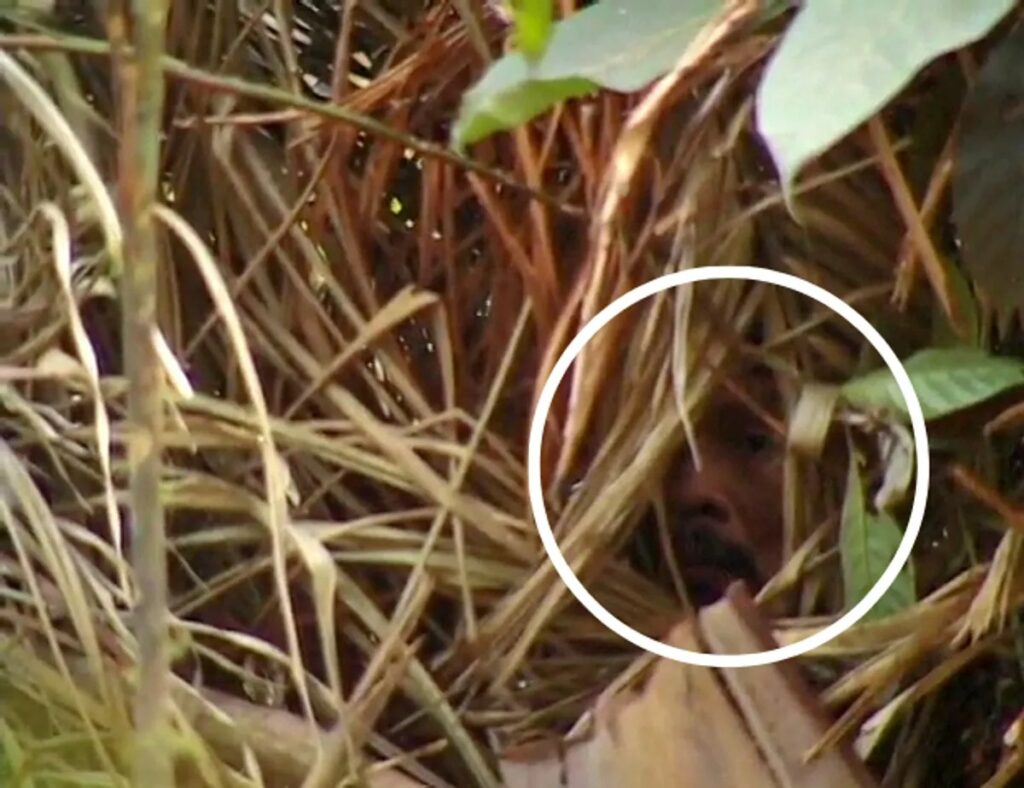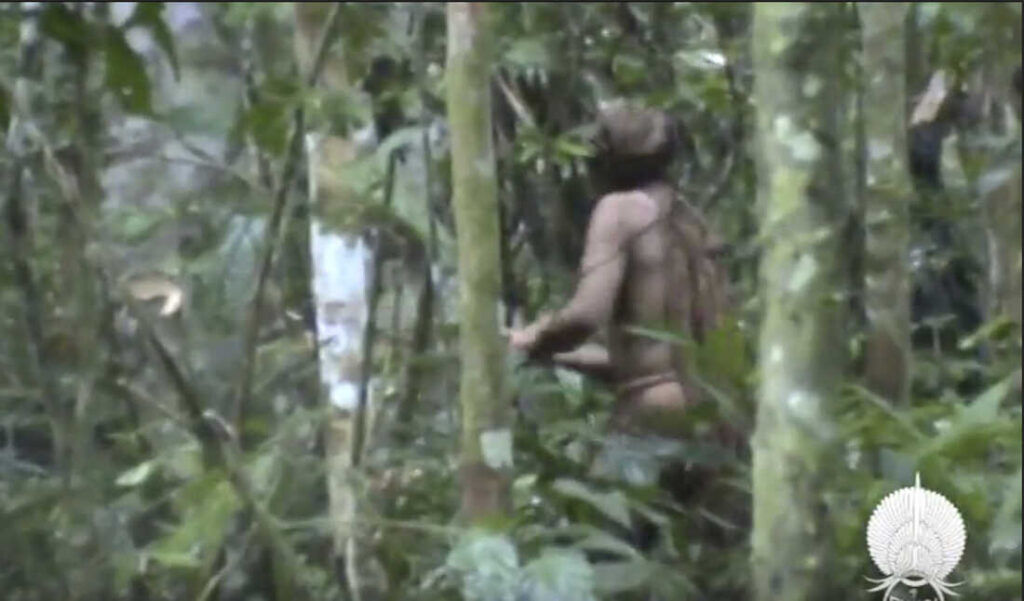
In the dense expanse of the Amazon Rainforest, where the symphony of nature resonates, a chapter of human history has concluded with the passing of the enigmatic figure known as the “Man of the Hole.” His true name, obscured by the shadows of his secluded existence, will forever remain a mystery, echoing the lost voices of his tribe, systematically eradicated in a brutal series of attacks spanning five decades.
This silent genocide has reached its melancholic conclusion, leaving behind the haunting silence of a once-vibrant people. The Man of the Hole, the last known inhabitant of the Tanaru Indigenous Territory in Brazil, resisted all attempts at contact, becoming a poignant symbol of resilience against the encroaching tide of exploitation.

Hailing from a tribe deeply embedded in the heart of Rondonia State, the Man of the Hole’s people faced relentless assaults driven by the insatiable desires of loggers and cattle ranchers. His tribe’s land, coveted for its richness and biodiversity, became a battleground where massacres unfolded, leaving a scarred landscape and a lone survivor.
The Brazilian government’s Indigenous agency, FUNAI, diligently observed this tumultuous territory. Despite facing brutality that claimed the lives of his kin, the Man of the Hole steadfastly avoided contact, retreating into the depths of the forest. Deep holes, carved with purpose, served as both refuge and fortress, a testament to the indomitable spirit of a man marked by tragedy.
The massacres, a tragic saga that commenced in the 1970s during Brazil’s military rule and extended into the 1990s, aimed to erase the presence of an entire tribe. Sugar laced with rat poison, a sinister “gift” from illegal ranchers, sealed the fate of all but the Man of the Hole. In the wake of this devastation, he became the solitary witness to a brutal history, etching his existence as both a symbol of suffering and resistance.

FUNAI, committed to preserving the fragile threads of this man’s survival, left tools and traditional seeds within his reach. Altair Algayer, a guardian of the Man’s dwindling world, tirelessly advocated for the legal protection of his territory, expanding the boundaries to shield the last vestige of an unbroken spirit.
Now, the Observatory for the Human Rights of Isolated and Recently Contacted Indigenous Peoples (OPI) delivers the somber news of the Man of the Hole’s passing. At an estimated age of 60, he peacefully departed, leaving behind a poignant legacy etched in the vibrant hues of the Amazon.
His body, discovered in a hammock by vigilant FUNAI officials, was adorned with brightly colored feathers—an eloquent farewell to a life marred by solitude and loss. Fiona Watson, from the campaign group Survival International, encapsulates the paradox of his existence, noting, “He symbolized both the appalling violence and cruelty inflicted on Indigenous peoples worldwide in the name of colonization and profit, but also their resistance.”
As the echoes of his silent resistance fade, the fate of the Tanaru Indigenous Territory hangs in the balance. The cattle ranches, silent witnesses to past atrocities, may argue that his demise paves the way for economic exploitation. Yet, this potential narrative threatens to unleash a disastrous precedent, signaling the consequences of further massacres for other First Nations populations.
President Jair Bolsonaro’s policies, reversing protective measures for indigenous lands, pose an ominous threat. The Man of the Hole’s death serves as a cautionary tale, a stark reminder that the fight for indigenous rights and territories is far from over. FUNAI estimates 113 uncontacted tribes in the Brazilian Amazon alone, each facing the specter of exploitation.
In the wake of this profound loss, the Indigenous movement in Brazil, alongside organizations like Survival, stands resilient. The Man of the Hole may have departed, but his legacy becomes a rallying cry against a future marked by the erasure of indigenous heritage and the ruthless pursuit of profit. As the world mourns the passing of a lone guardian, the struggle for justice and preservation of indigenous lifeways persists, echoing through the vast canopy of the Amazon Rainforest.

Leave a Reply